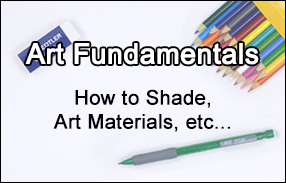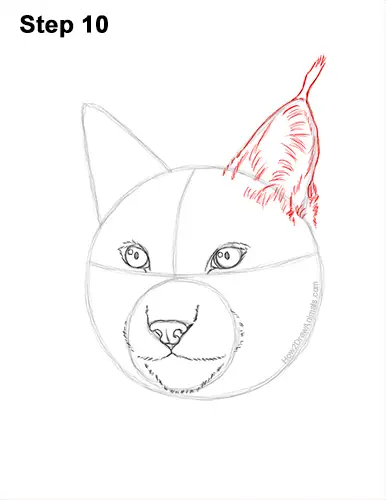
Step 10: Use the arc on the top, right side of the head as a guide to draw the lynx's first ear. Darken the shape but make the sides wavier. At the top, draw the tuft of fur using a series of short, vertical lines. You can make the tuft a bit longer if you'd like. Draw a series of short strokes on the bottom of the arc for the furry base of the ear. Within the shape, draw longer strokes for the fur found inside the ear.

Step 11: Use the arc on the left as a guide to draw the lynx's other ear the same way. Darken the shape of the arc but make it wavier. At the top, add the tuft using short, vertical lines and then add the fur inside using a series of longer strokes.
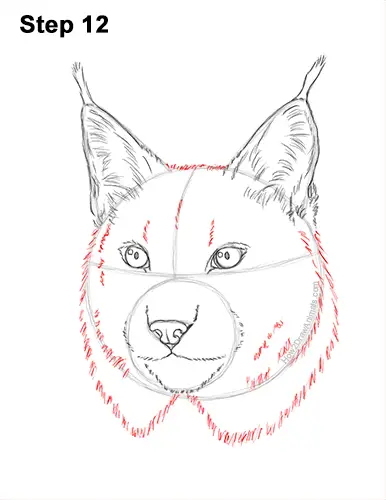
Step 12: Use the big initial circle as a guide to draw the lynx's head. Add a series of short strokes along the basic path of the circle to create the shape of the furry head. At the bottom extend the strokes farther down to create the long fur on the cheeks. The fur at the bottom should dip low and then curve back up toward the chin. The shape of the bottom edge of the head should be similar to a big letter W or two small letter V's. Make the sides of the head slightly wider than the initial circle too. Add a few more short strokes within the shape of the head to emphasize the fur.

Step 13: For a cleaner look, erase as much as you can of the initial guide lines. Don't worry about erasing all of the guides. It's okay to leave some behind. Re-draw any final sketch lines you may have accidentally erased.
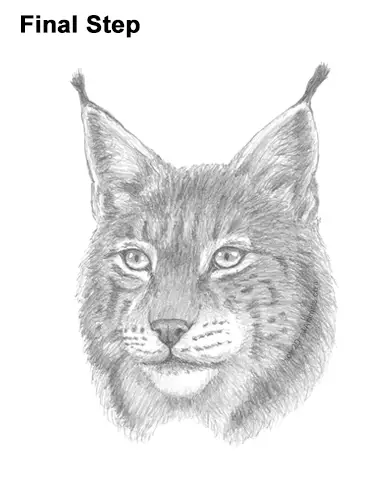
Final Step: Add some shading to your lynx drawing for extra detail. Make the lines around the eyes thicker and darker. Add a medium value inside the eyes but don't overlap the tiny highlight circles. Use a dark value for the tufts on the ears. Draw a series of dots on the muzzle for the whiskers' base. For a more detailed guide on how to shade, check out this tutorial: How to shade.
Shade the rest of the lynx's head using a series of strokes of a medium value for a furry texture. Vary the pressure on your pencil to get different degrees of tonal value. As you shade, separate each individual stroke a bit so that the white of the paper comes through. Shade lightly at first, and then gradually build up to darker values. Leave the area around the eyes and muzzle blank for white fur. As you shade, use strokes that go in the general direction of the fur. The strokes should basically radiate outward from the middle. There are different species of lynx and they have different fur patterns, so you can shade your drawing differently if you'd like. For a Canada lynx like this one, add a few stripes and spots on the sides of the head using darker values.
Shading can be time-consuming, so be patient and take breaks. Continue to add layers of short, medium-value strokes to build up the texture of the fur. It's a good idea to use reference as you draw for a more accurate depiction of a lynx. Add some light value to the bottom of the mouth to create some shadows on the white fur. That's it for the Lynx!
Thanks for visiting! Subscribe to the How2DrawAnimals YouTube Channel for a new tutorial every week.
To learn how to draw popular cartoon characters, visit EasyDrawingTutorials.com.
To learn how to draw Manga, visit How2DrawManga.com.
RELATED TUTORIALS
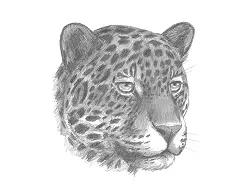 |
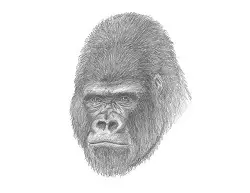 |
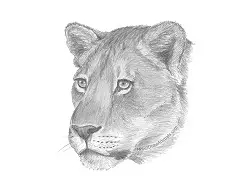 |







